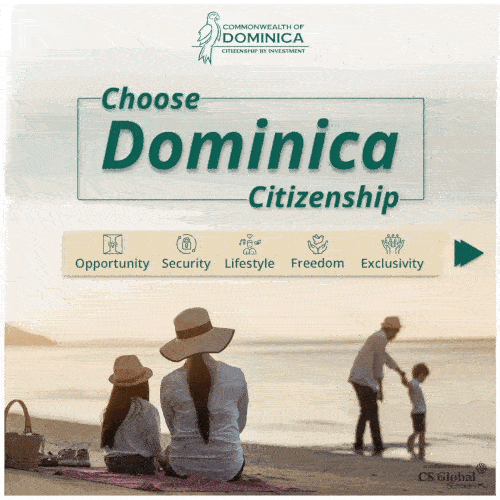
Bulgaria’s capital has been named the most dangerous city in Europe for children in terms of urban mobility, according to a new report by the Clean Cities Campaign.
The study, titled “Streets for Kids, Cities for All,” assessed 36 major European cities and placed Sofia at the bottom of the rankings due to a lack of safe infrastructure for young pedestrians and cyclists.
The report, conducted by Clean Cities—a network of more than 120 organizations from 20 countries—evaluated cities based on three critical criteria: the presence of car-restricted “school streets,” the percentage of streets with speed limits of 30 km/h or lower, and the extent of protected cycling infrastructure.
These indicators align with safety recommendations from the European Road Safety Observatory and UNICEF.
Sofia scored particularly poorly in all three categories, receiving a score of zero for school streets. According to the report, not a single car-restricted school street has been introduced in the Bulgarian capital, leaving children exposed to heavy traffic and poor air quality.
Measurements taken near nine schools revealed that nitrogen dioxide levels exceeded EU safety limits at eight of them throughout the year.
By comparison, cities like London, Milan, Paris, Turin, and Antwerp have restricted vehicle access near over 20% of their primary schools.
London alone has implemented over 500 school streets in less than ten years, drastically improving both safety and air quality for school-aged children.
Speed regulations in Sofia are also lacking. While half of the cities in the study have adopted 30 km/h speed limits on at least half of their streets—some reaching up to 80% coverage—Sofia has done so on only 2.9% of its roads.
Experts argue that lower speed limits are among the most effective ways to reduce traffic injuries and deaths, especially involving children.
In terms of cycling infrastructure, Sofia once again fell short. Only 1.9% of the city’s roads have protected cycling lanes, placing it ahead of just one other city—Bucharest.
In stark contrast, cities like Helsinki and Paris have protected lanes on nearly half of their road networks, supporting both child safety and greener transport alternatives.
Paris emerged as the leading city in the ranking, praised for its holistic approach to child safety and sustainable mobility. Milan and Lyon have also invested significantly in greening school zones and creating pedestrian-friendly environments.
Dragomira Raeva of the environmental association “For the Earth,” Clean Cities’ Bulgarian partner, expressed deep concern over the findings.
“There is no reason Sofia, Plovdiv, and Varna cannot implement these same measures,” she said. “What’s missing is political will and leadership.”
Raeva called on local authorities to act swiftly and for citizens to demand urban policies that prioritize children’s rights to clean, safe, and accessible streets.
“Our cities should be designed with children in mind. They are the most vulnerable road users, and their safety must come first.”
As Bulgarian cities continue to grapple with urban traffic challenges, the Clean Cities report serves as a wake-up call for urgent reforms in mobility planning and public health policy.
This article was created using automation technology and was thoroughly edited and fact-checked by one of our editorial staff members
